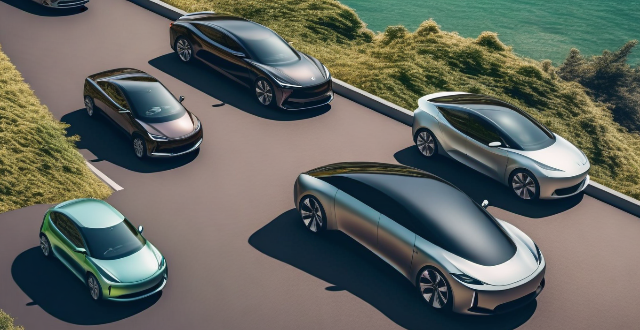Autonomous vehicles, or self-driving cars, are changing how we travel. To fully realize their benefits, they must be integrated with smart traffic systems. This involves communication between vehicles and infrastructure (V2I), direct sharing of information between vehicles (V2V), real-time and historical data collection and analysis, and coordinated movement strategies like platooning and green waves. By leveraging these technologies, both individual vehicles and transportation networks can operate more efficiently and safely.

Integration of Autonomous Vehicles with Smart Traffic Systems
Autonomous vehicles, also known as self-driving cars, are revolutionizing the way we travel. They have the potential to reduce traffic congestion, improve road safety, and enhance mobility for people who cannot drive. However, to fully realize these benefits, autonomous vehicles must be integrated with smart traffic systems. This integration involves several key aspects:
Communication between Vehicles and Infrastructure
V2I (Vehicle-to-Infrastructure) Communication
V2I communication allows autonomous vehicles to exchange information with traffic infrastructure such as traffic lights, sensors, and cameras. This communication helps vehicles make informed decisions about their route, speed, and other driving parameters based on real-time traffic conditions. For example, a vehicle approaching a red light can receive a signal from the traffic light indicating when it will turn green, allowing the vehicle to adjust its speed accordingly.
V2V (Vehicle-to-Vehicle) Communication
V2V communication enables autonomous vehicles to share information directly with each other, such as their location, speed, and intended trajectory. This information helps vehicles anticipate the actions of other nearby vehicles and avoid potential collisions or near misses. For instance, if one vehicle suddenly brakes, it can send a warning message to nearby vehicles, giving them time to react and adjust their own driving behavior.
Data Collection and Analysis
Real-Time Traffic Data
Smart traffic systems collect vast amounts of data from various sources, including sensors, cameras, and connected vehicles. This data is analyzed in real-time to provide insights into current traffic conditions, such as congestion levels, incident reports, and weather impacts. By sharing this information with autonomous vehicles, they can optimize their routes and adjust their driving behavior to minimize delays and improve overall efficiency.
Historical Data Analysis
Historical data analysis helps identify patterns in traffic flow over time, which can be used to predict future traffic conditions and plan for infrastructure improvements. Autonomous vehicles can use this information to choose the best routes and avoid areas that are likely to experience congestion during certain times of day or days of the week.
Coordinated Movement
Platooning
Platooning involves a group of autonomous vehicles traveling closely together at high speeds while maintaining safe distances between them. By using V2V communication, platooning vehicles can coordinate their movements and reduce air resistance, resulting in fuel savings and increased road capacity. Smart traffic systems can facilitate platooning by providing dedicated lanes or priority signaling for these groups of vehicles.
Green Wave
A green wave occurs when a series of consecutive green lights allows vehicles to pass through multiple intersections without stopping. Smart traffic systems can create green waves by synchronizing traffic signals based on real-time traffic data. Autonomous vehicles can take advantage of green waves by adjusting their speed to maintain a smooth flow through intersections, reducing stop-and-go traffic and improving overall network performance.
In conclusion, the integration of autonomous vehicles with smart traffic systems is essential for realizing the full potential of self-driving cars. By leveraging advanced communication technologies, data collection and analysis capabilities, and coordinated movement strategies, both individual vehicles and entire transportation networks can operate more efficiently and safely.